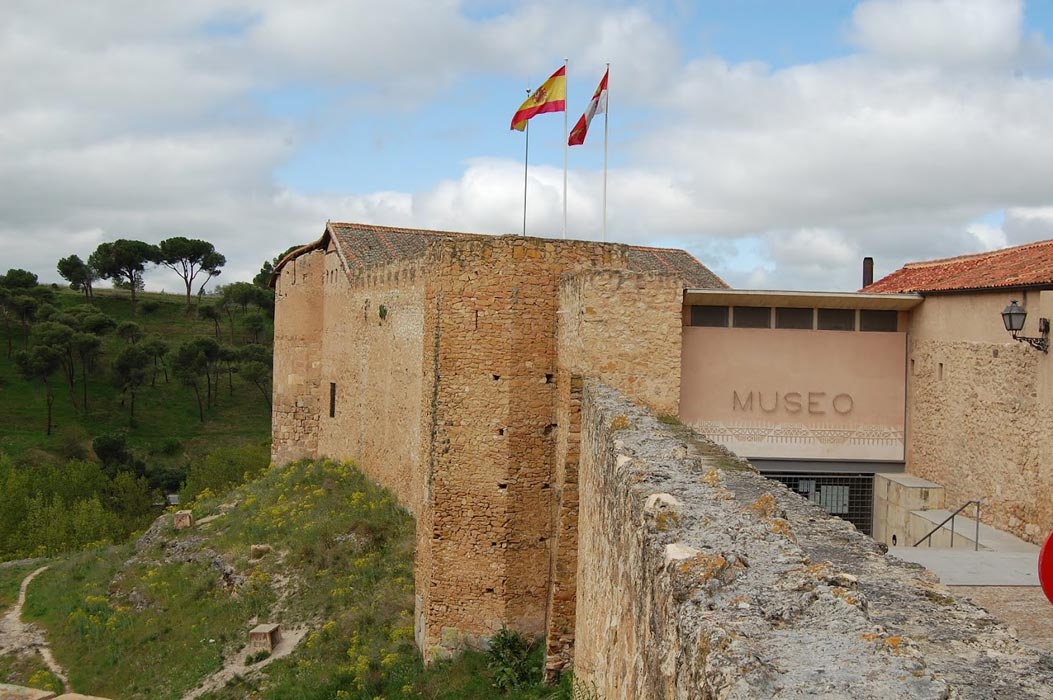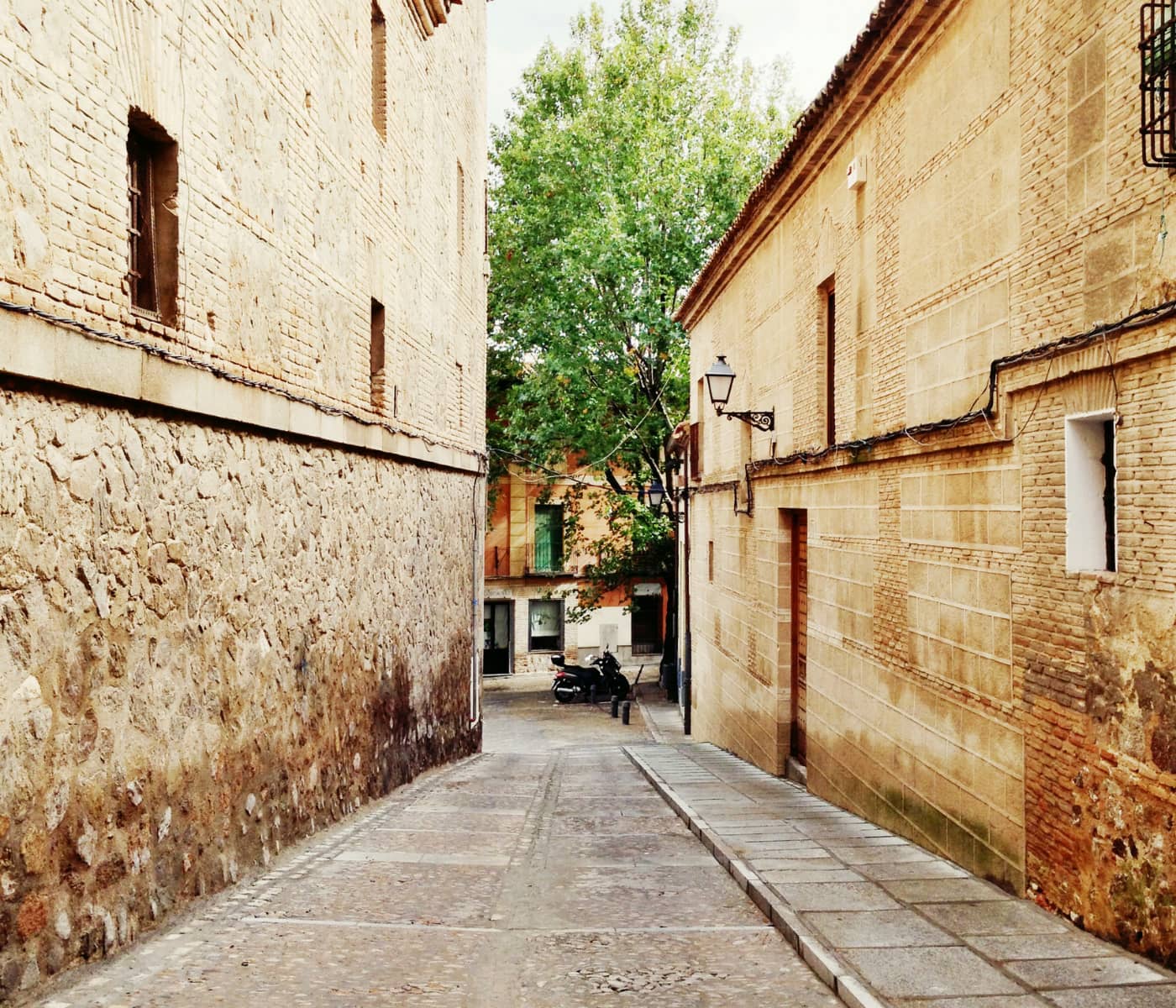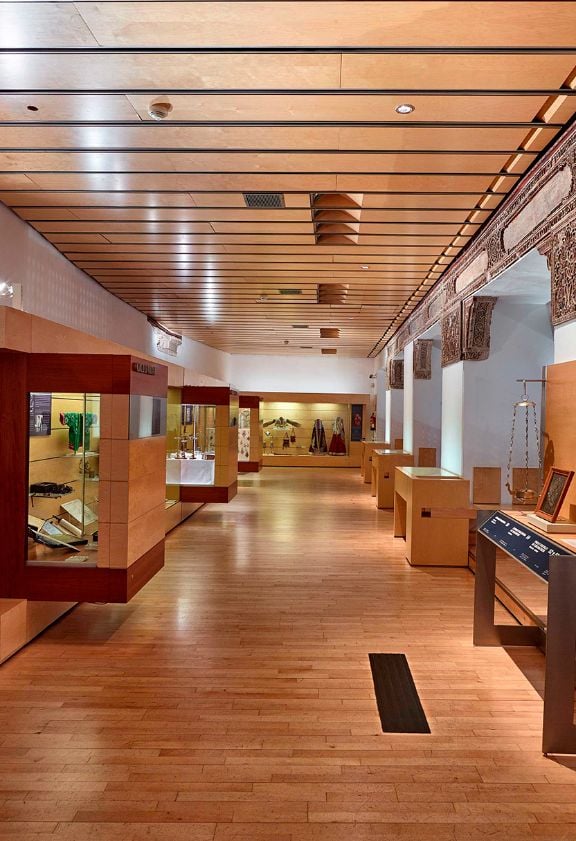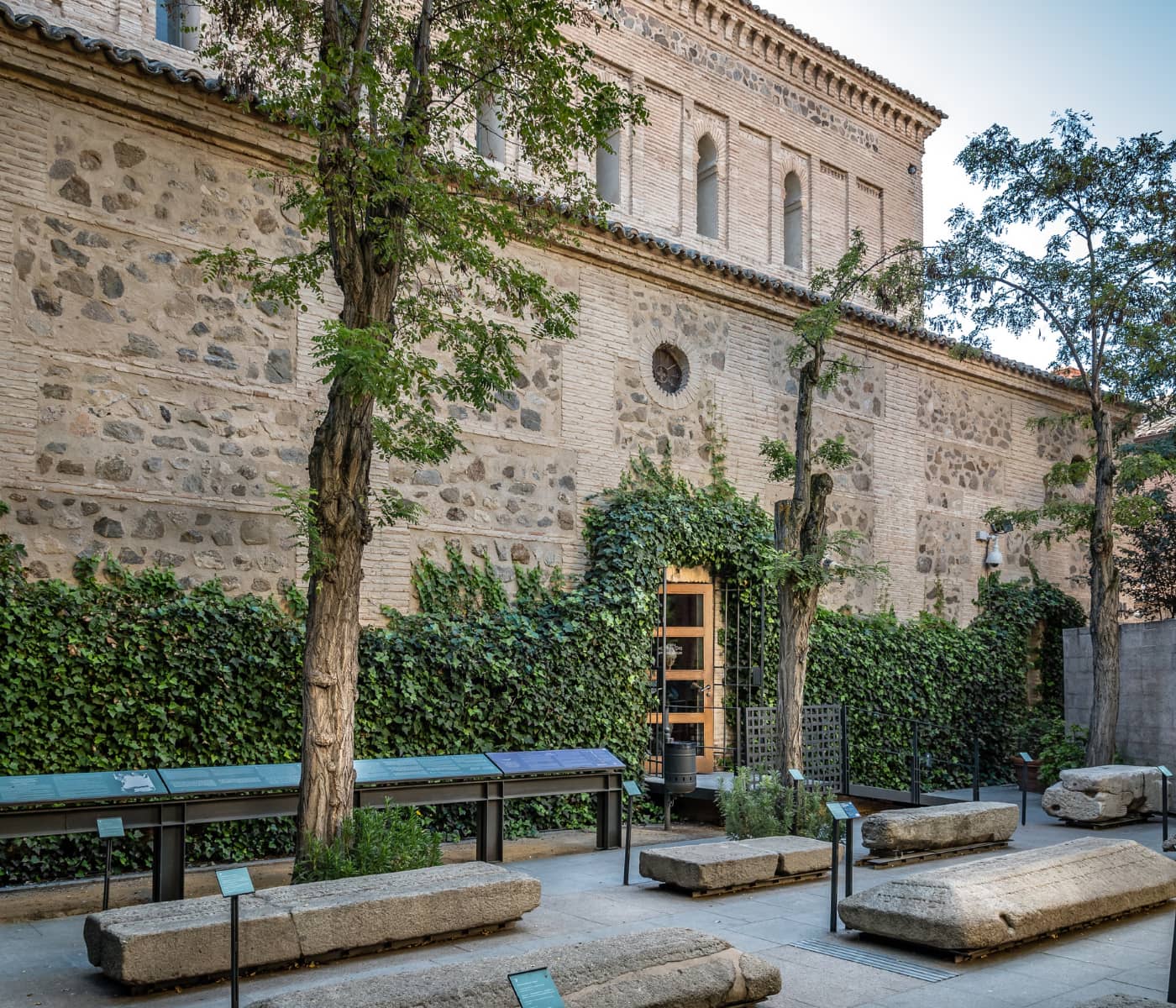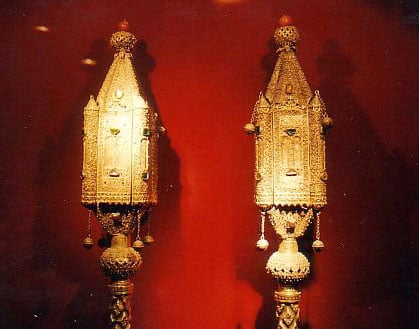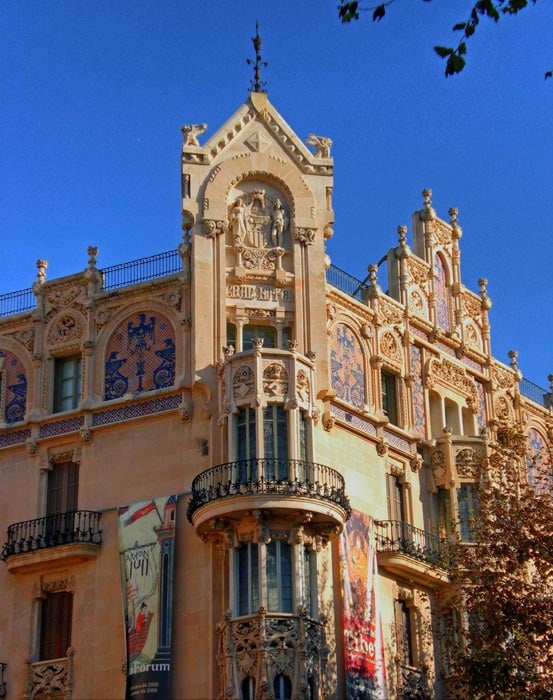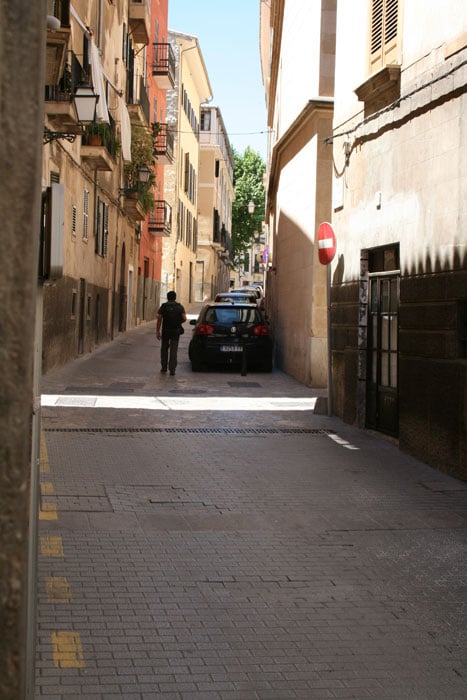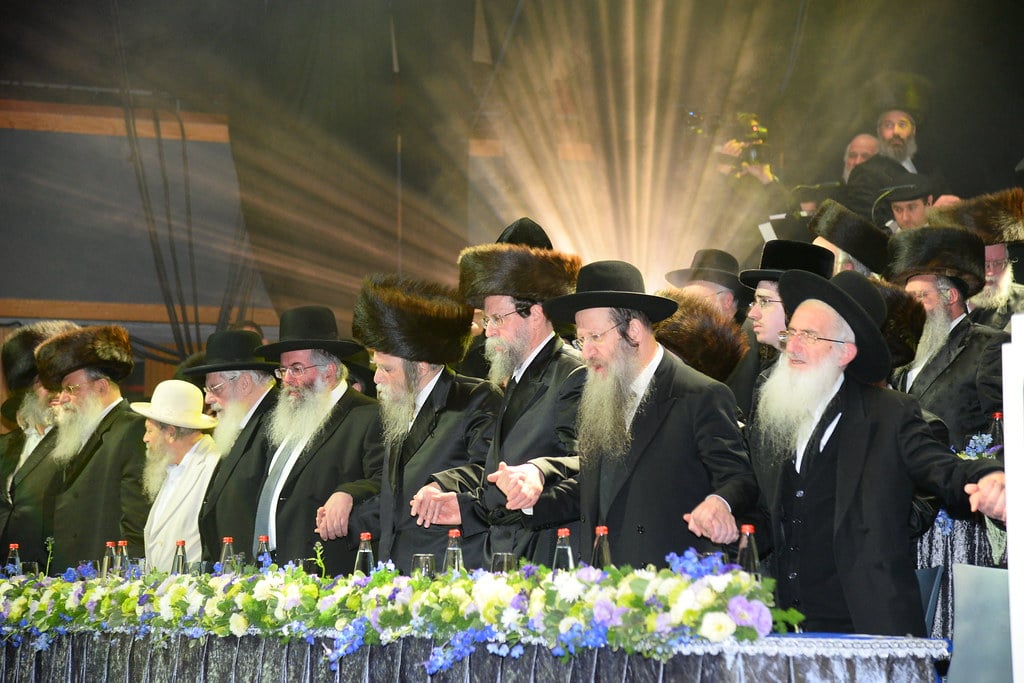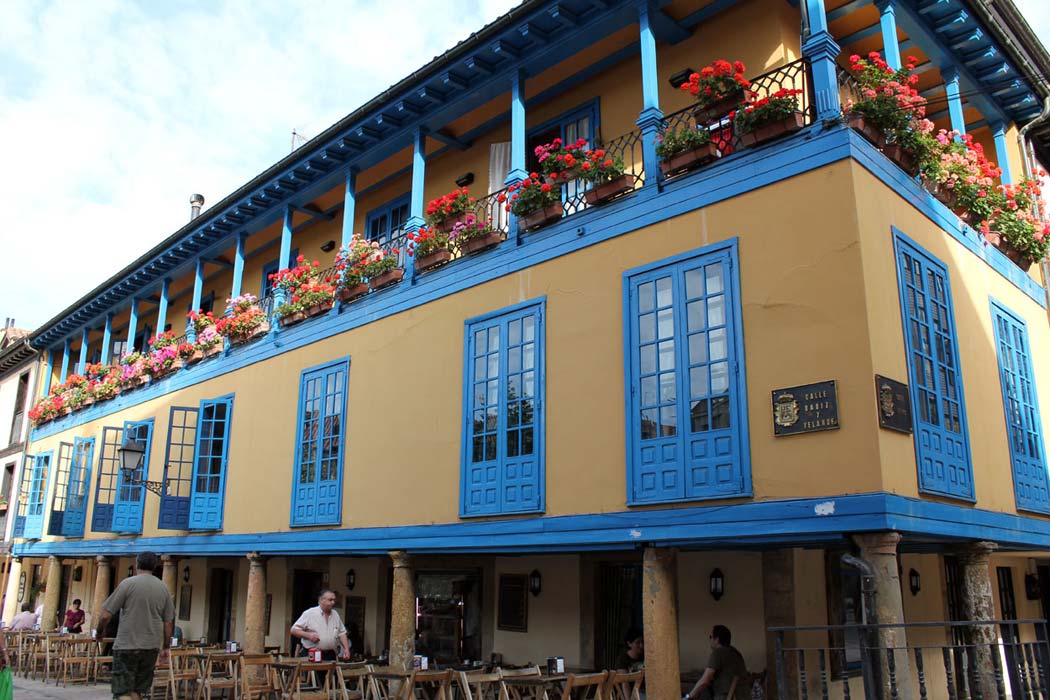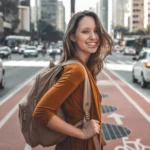The Museum of Segovia opened its doors in 1842, in the episcopal palace, under the tutelage of the Provincial Commission of Historical and Artistic Monuments, to preserve the collections of art objects from the Disentailment. Throughout its history it will appear under various names: Museum of Paintings, Museum of Fine Arts, Provincial Museum, and currently, the Museum of Segovia.
Already in 1845 the headquarters of the Museum moved to San Facundo. However, since the second half of the s. XIX, the collections would be progressively dispersed to various venues, for exhibition or storage (San Facundo, San Juan and School of Arts and Crafts, Casa del Hidalgo and Chapel of the Old Hospital for Old People), until it is installed and reunited again complete in the Casa del Hidalgo and the adjoining building, in 1967
In 1981 the management of the museum passed to the Autonomous Community of Castilla y León, although the ownership continues to be state-owned. In 1991 the collection moved to the Casa del Sol, a building ceded to the State by the City Council, where the permanent exhibition finally opened to the public in July 2006, after years of restructuring the building.
